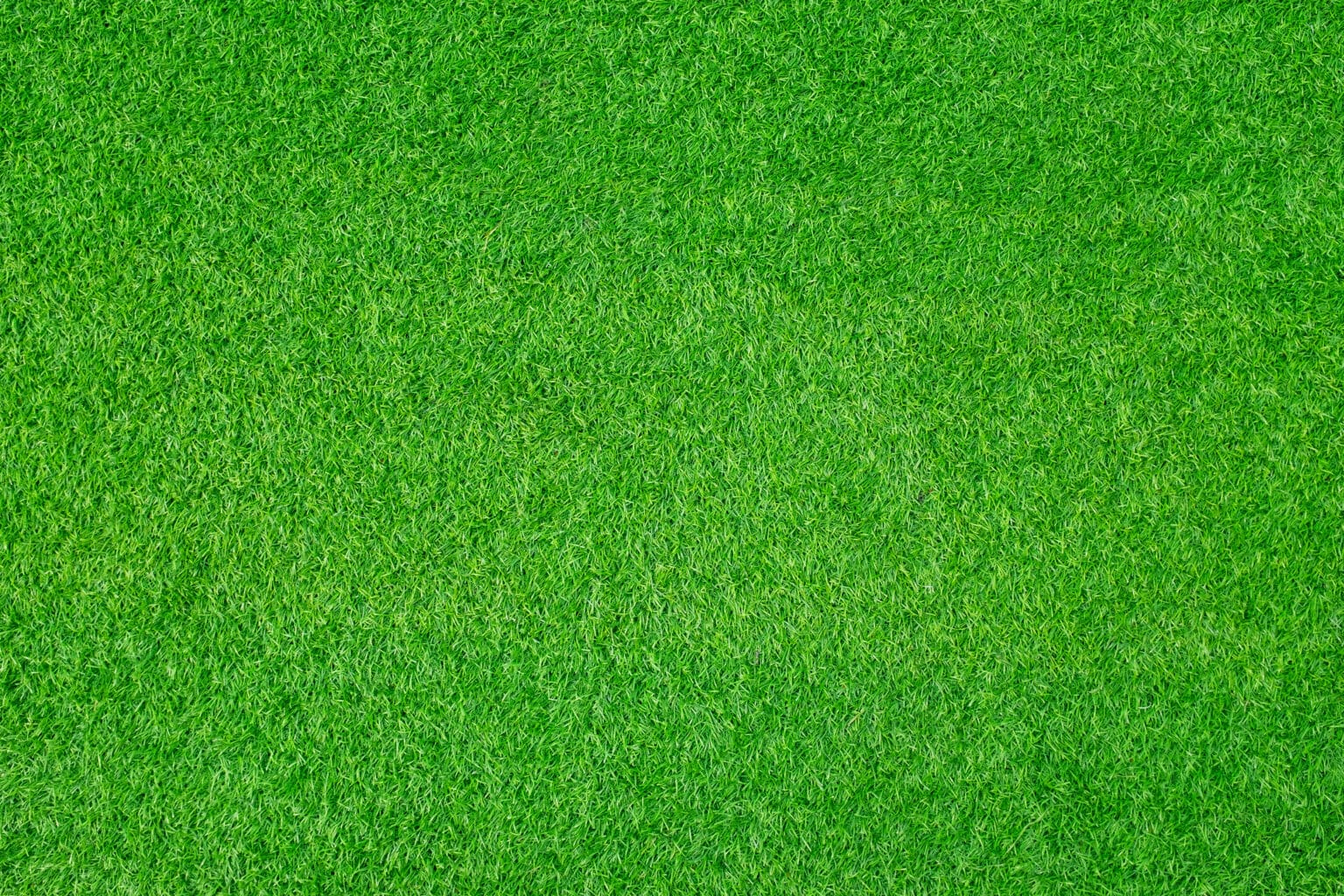Low yields, lack of water and increased costs are just a few of the impacts on the agriculture industry in Europe following the worst drought in nearly 500 years.
While temperatures have begun to normalize, it might not be enough to recover from the more than half a year of intense weather, according to the most recent European Commission’s Joint Research Centre (JRC) report, “Drought in Europe, August 2022.”
Major crops including grain maize, soybean and sunflower yields have been majorly impacted, and turf grass’ fate has been no different, like many crops, it is unable to escape the clutches of the devastating weather.
Two major factors that limit the growth of cool season grass are drought and high temperatures, according to Anne Mette Dahl Jensen, product development manager – turfgrass for DLF.
“The combined effects of drought and heat stress are associated with damage to the cell membranes of grass species, which can reduce the leaf water content leading to a severe decline in turf quality,” she explains. “In some places, the entire turf can die.”
That is why the work done to develop drought resistant varieties is so crucial, as the climate remains unpredictable. Two solutions that DLF offers for drought tolerance are fescue species and 4turf ryegrass varieties. Tall fescue and hard fescues do particularly well, explains Jensen.
“For tall fescues, we now have some varieties that are very fine compared to what you normally see in tall fescue. They are not as dark as the American varieties, which makes them good in drought mixtures for Europe,” she says. “We also offer 4turf for sports fields, they have a stronger root mass and develop roots faster which make them more drought tolerant both in a spring drought and in a summer drought.”
4Turf ryegrasses are an evolution of classical ryegrass, made up of 4n chromosomes, while classical ryegrass only has 2n. The cells of 4n plants are larger, nearly double the size.
“There are some disadvantages for turf crops, like broader leaves. But because cells are bigger, they have more water content,” says Christophe Galbrun, turf plant breeder for DLF. “The roots are also richer in water content, so recovery after dry conditions will be more efficient. So, when classical ryegrasses become brown or die because drought is really severe, 4turf ryegrass will stay green or will survive longer.”
For Galbrun, the extreme heat this year feels like history repeating itself. Galbrun has bred for drought since the beginning of his career and remembers serious heat with high temperatures in France in 2003. While experts began discussing the implementation of green areas in cities and additional solutions, the following summers were not quite as extreme, putting the concerns of many for future weather to the wayside.
Another heat wave in 2018 brought up the looming issue once again.
“In 2018, UK and Scandinavian countries discovered the real impacts of drought, even if it was a phenomenon that is very common in Mediterranean countries. It was interesting for me to valorise the time I spent for years and years on scoring behavior of my plants during the summer. Today, everybody in Europe is interested in varieties with good drought tolerance because it is a general concern and not only limited to Mediterranean countries,” says Galbrun.
What is Next for Drought Resistant Turf?
Experts at DLF are always striving towards developing new varieties as they encourage turf managers to futureproof their turf and choose the right grasses and solutions from the start, shares Jensen.
“We know that the climate change, increase in temperature and a change in precipitation pattern, has an influence on the turf (growth conditions, disease pattern, etc.). We have a clear focus to develop new varieties that perform better under these conditions, varieties with increased disease tolerance or/and increased drought tolerance,” she says.
While breeders plan to continue their work on 4turf and hard fescues, the most promising species is tall fescues due to its ability to survive in deep soils and dry conditions, according to Galbrun.
DLF has developed successful varieties, yet the work has only just begun to prepare for future extreme droughts and heat.
“We have to increase our trial network and take some ideas from countries like Australia where drought is a recurrent problem. We also have to work on combining species, mainly grass blends, plus legumes. There are plenty of clovers, alfalfa, etc. which could help the survival of grasses, with the advantage of bringing nitrogen to grasses,” he explains. “At DLF, we have a good team working on genomics, which could help our speed of work and efficiency to find the right combination of genes.”
Read More:
Drought and Ukraine Invasion Bring Extreme Losses for European Potato Market
Farmers Face the Perfect Storm as Drought Hits
Drought Drops European Potato Crop by 7 to 11 Percent
Out of the Black Box: Festulolium Roots Shine Through Drought Periods










